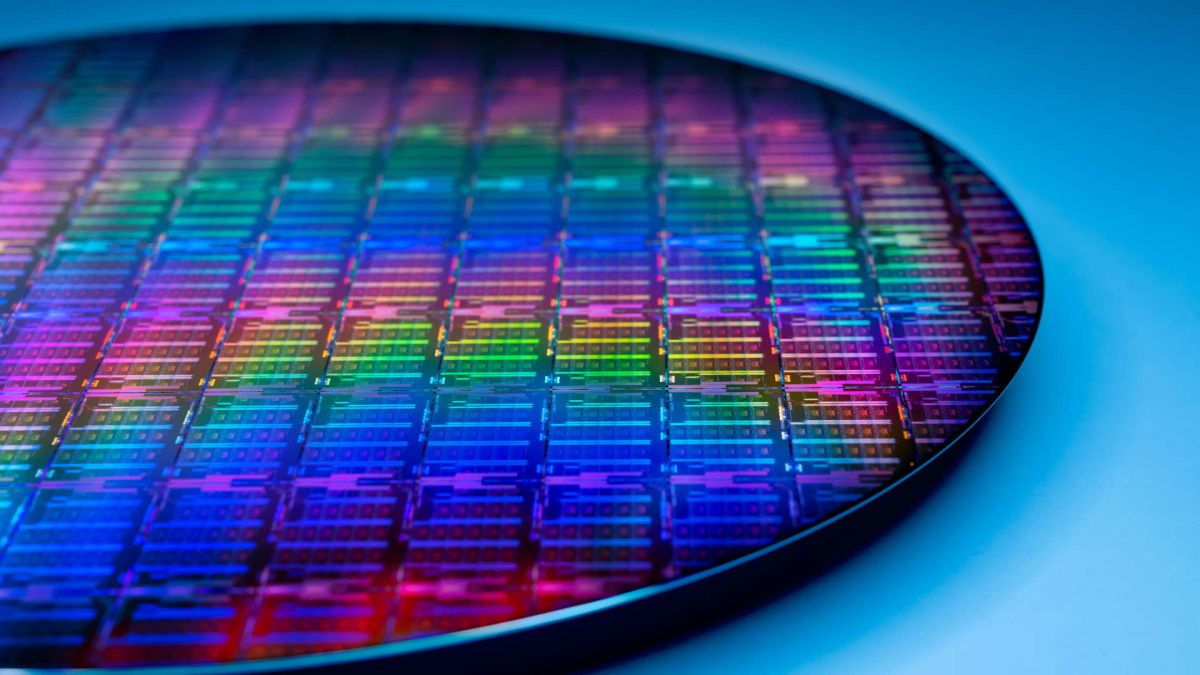Intel to Accelerate Development of its Foundry Services, Aiming to Become Second-Largest by 2030

Since fabs and manufacturing nodes are becoming more expensive, it was evident when Intel created its Foundry Services subsidiary in early 2021 that the contract chipmaking business needed to be on level in terms of size with Samsung and Taiwan Semiconductor Manufacturing Co. Since the aim was set to become the second-largest foundry by 2030, the corporation seems to be planning to be somewhat aggressive as well.
Our ambition is to be the No. 2 foundry in the world by the end of the decade, and [we] expect to generate leading foundry margins,”
– Randhir Thakur (President of Intel Foundry)
Intel will have to defeat Samsung Foundry, which produced over $20 billion in sales in 2021 and is on course to surpass this figure in 2022 to move up to No. 2 on the worldwide foundry market. Samsung Foundry is now No. 2, according to TrendForce. While far behind market leader TSMC (53.6%) and its nearest competitors UMC (6.9%) and GlobalFoundries (5.9%), Samsung Foundry controlled around 16.3% of worldwide foundry revenue as of Q1 2022.
Intel has already generated $576 million in revenue while waiting for the purchase of Tower Semiconductor to close next year. The corporation will, after that, invest $1.5 billion in its IFS business division annually. However, to accomplish its purpose, Intel must develop aggressive commercial strategies. With the positions once held by Tower Semiconductor alone, this will combine the development of next-generation process technologies and innovative cutting-edge potentials for its IFS customer base, remain competitive with TSMC and Samsung, and continue to fulfill orders handled by clients who typically look to the top two foundries for chips, as well as smaller companies as well.
In 2025, prominent volume manufacture of chips based on Intel’s 18A technology is planned, with high-NA extreme ultraviolet lithography equipment if practical. This is a reasonably ambitious process technology roadmap. Samsung Foundry and TSMC intend to begin producing 2nm-class processors in 2025, while Intel’s production node strategy is more rapid.
Stealing customers from TSMC and Samsung Foundry will be more challenging since major clients like NVIDIA and Qualcomm have long-term supply contracts with their foundry partners. The ability of Intel’s manufacturing facilities in Europe and America to provide the same price as TSMC and Samsung Foundry’s manufacturing facilities in Taiwan and South Korea is also an open question.
It is remarkable that Intel is expanding its manufacturing capabilities in the United States and Europe but has not yet planned to develop fabs in Taiwan or South Korea. Building additional fabs in the U.S. and Europe makes sense from a customer relationship and geopolitical standpoint, even though doing so is more expensive than doing so in Taiwan or South Korea.
As we have engaged with foundry customers since launching IFS, it has become abundantly clear that many of these companies see the need for a more resilient and geographically balanced semiconductor supply chain.”
-Randhir Thakur
However, the location benefits of Intel’s new fabs in America may be overstated, given that TSMC and Samsung Foundry are also constructing brand-new cutting-edge fabs in Arizona and Texas, respectively. On the other hand, lawmakers in Europe and the United States are willing to co-invest in new facilities with Intel because they want to develop local semiconductor supply chains to reduce their reliance on Taiwan.
Last but not least, if the firm wants to maintain its position or become the top fab internationally, it will need to take chances with investments in new hardware, devices, and technology.
Source: Nikkei Asia





